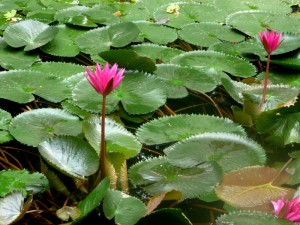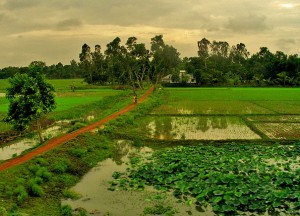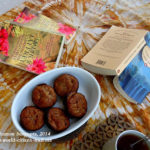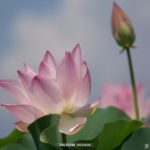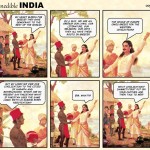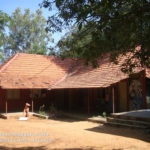Often unknown to us, the workings of the universe mysteriously resonate with that of our innermost selves.
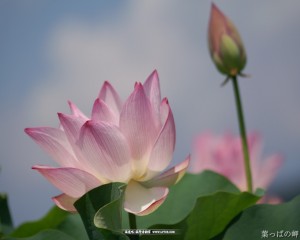 Nina had recently put up on Facebook this beautiful photograph of our daughter Minnie, captured by her first Dance guru, Lubna Marium, during a performance. Taken with her back to the camera, the photograph epitomizes unselfconscious beauty, grace, charm and innocence – a combination that can manifest fully only in a little girl.
Nina had recently put up on Facebook this beautiful photograph of our daughter Minnie, captured by her first Dance guru, Lubna Marium, during a performance. Taken with her back to the camera, the photograph epitomizes unselfconscious beauty, grace, charm and innocence – a combination that can manifest fully only in a little girl.
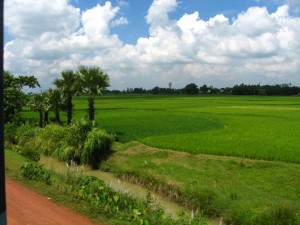 And then coming from a completely different context, our friend Choton Haque wrote to me on Facebook about the splendors of the Bengal autumn as he was cruising down the waters of Bangladesh, quoting a song by Tagore – The bright white sails have caught the gentle winds (‘Amolo-dhobolo paale legeche, mondo modhuro hawa’).
And then coming from a completely different context, our friend Choton Haque wrote to me on Facebook about the splendors of the Bengal autumn as he was cruising down the waters of Bangladesh, quoting a song by Tagore – The bright white sails have caught the gentle winds (‘Amolo-dhobolo paale legeche, mondo modhuro hawa’).
 At this point, it may be noted that the autumn (‘Sharat’ – i.e. early-autumn in the strict sense) of Bengal is a study in total contrast to the autumn of the West. In Bengal, autumn comes immediately after the life giving monsoons. Hence it represents the end of a period of uncertainty; ushering in charm, quiet splendor, abundance, fulfillment, grace and gratitude, whereas in the West, glorious as it is, Autumn is often associated with a beginning of a decline, of pathos; symbolized by falling leaves and an imminent winter – cold, harsh, bitter and frigid.
At this point, it may be noted that the autumn (‘Sharat’ – i.e. early-autumn in the strict sense) of Bengal is a study in total contrast to the autumn of the West. In Bengal, autumn comes immediately after the life giving monsoons. Hence it represents the end of a period of uncertainty; ushering in charm, quiet splendor, abundance, fulfillment, grace and gratitude, whereas in the West, glorious as it is, Autumn is often associated with a beginning of a decline, of pathos; symbolized by falling leaves and an imminent winter – cold, harsh, bitter and frigid.
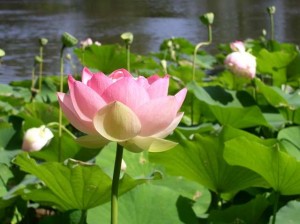 In Bengal, autumn is synonymous with clear blue skies, rafts of soft, wispy white cotton like cirrus clouds, gentle breeze, the profusion of the ‘sheuli / shefali / paarijaat’ flowers, lotuses and water lilies, lush greenery, the ephemeral silk-white ‘kash’ inflorescence on the edges of paddy fields, river banks and wastelands, and flight of the migrant cranes across the distant sky. Nature is at its beautiful, soft, subtle and gentle best.
In Bengal, autumn is synonymous with clear blue skies, rafts of soft, wispy white cotton like cirrus clouds, gentle breeze, the profusion of the ‘sheuli / shefali / paarijaat’ flowers, lotuses and water lilies, lush greenery, the ephemeral silk-white ‘kash’ inflorescence on the edges of paddy fields, river banks and wastelands, and flight of the migrant cranes across the distant sky. Nature is at its beautiful, soft, subtle and gentle best.
 Autumn has now set in and so has a major festive season in Bengal, but you might wonder what that has to do with a little daughter. If you have heard Tagore’s ode to his adopted daughter Nandini, when she was a little girl, you will know exactly what I mean.
Autumn has now set in and so has a major festive season in Bengal, but you might wonder what that has to do with a little daughter. If you have heard Tagore’s ode to his adopted daughter Nandini, when she was a little girl, you will know exactly what I mean.
 In the original Bengali song, the imagery of autumn is incredibly beautiful – sparkling and pristine, which then becomes a metaphor for the beauty, purity and innocence of a little girl; for the joy and contentment only a daughter can bring to a father’s heart – synonymous with what autumn brings to the Bengal landscape.
In the original Bengali song, the imagery of autumn is incredibly beautiful – sparkling and pristine, which then becomes a metaphor for the beauty, purity and innocence of a little girl; for the joy and contentment only a daughter can bring to a father’s heart – synonymous with what autumn brings to the Bengal landscape.
Tagore compares little Nandini with the fresh dewdrop on the exquisitely delicate ‘sheuli’ flower in the early morning. The imagery is exceptional in its silent and tender beauty – a feeling that could be put in words so perfectly only by a poet. It is so earthy, at the same time so liberating and other worldly!
 Without further ado, let me share with you a very crude translation of mine of the song by Tagore.
Without further ado, let me share with you a very crude translation of mine of the song by Tagore.
A Drop of Golden Sun
 You are the drop of golden sun at dawn
You are the drop of golden sun at dawn
On the seashore of my heart
The very first dewdrop on the first ‘sheuli’ flower
of the early morning of autumn
The sweep of the rainbow across the sky on to earth
The new moon, cradled by soft white clouds
A chance descent of heaven’s secret on earth
The object of the poet’s contemplation,
a memory from some previous birth
A forgotten scattered melody, gathered and sung again

Feelings that have no words, you utter in whispers
You come as my fretters yet you set me free
You open the door and call me out into the lotus groove,
in realm of pure bright light
You are the joy begotten from delight, caressed by moon beams
You are the drop of golden sun at dawn
On the seashore of my heart
– Rabindranath Tagore
Concluding on the resonance I referred to at the beginning, it is interesting that sitting in remote West Africa, at a time when I am missing my daughter the most, Nina should put up a photograph of Minnie on her Facebook 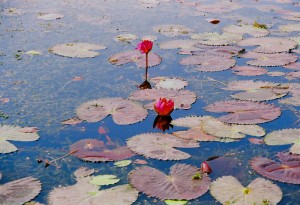 cover photo. Then Choton should write to me about autumn in Bengal. The two streams should connect and Tagore’s ode to Nandini using the metaphor of autumn in Bengal should become my very own ode to my daughter.
cover photo. Then Choton should write to me about autumn in Bengal. The two streams should connect and Tagore’s ode to Nandini using the metaphor of autumn in Bengal should become my very own ode to my daughter.
Now if that isn’t resonance, what else is?

The song in Bengali:
Tumi ushar shonar bindu praner shindhukule
Sharotprater prothom shishir prothom shiuliphule
Aakashparer indrodhanu dhorar pare nouya
Nandaneri nandini go chandrolekhay choya
Protipode chander shwapon shubro meghe choya
Shwargoloker gopon kotha morte ele bhule
Tumi kobir dheyan chobi purbojanom smriti 
Tumi amar kuriye paoya hariye jaoya geeti
Je kothati jai na bola koile chupi chupi
Tumi amar mukhti hoye ale badhon rupe
Amol alor komolbone dakhle duwar khule.
Tumi ushar shonar bindu praner shindhukule
Note: In the English translation, I have changed the order of a key line (‘Nandaneri nandini go chandrolekhay choya’ – You are the joy begotten from delight, caressed by moon beams) and placed it towards the end. Tagore mentions Nandini’s name directly in this song, in a marked departure from his poetic style, in which reference to any real human being is at best an allusion that often keeps his readers guessing of the identity of the person.
(Landscape photographs are from the internet and I hope I am not violating any copyrights.)
